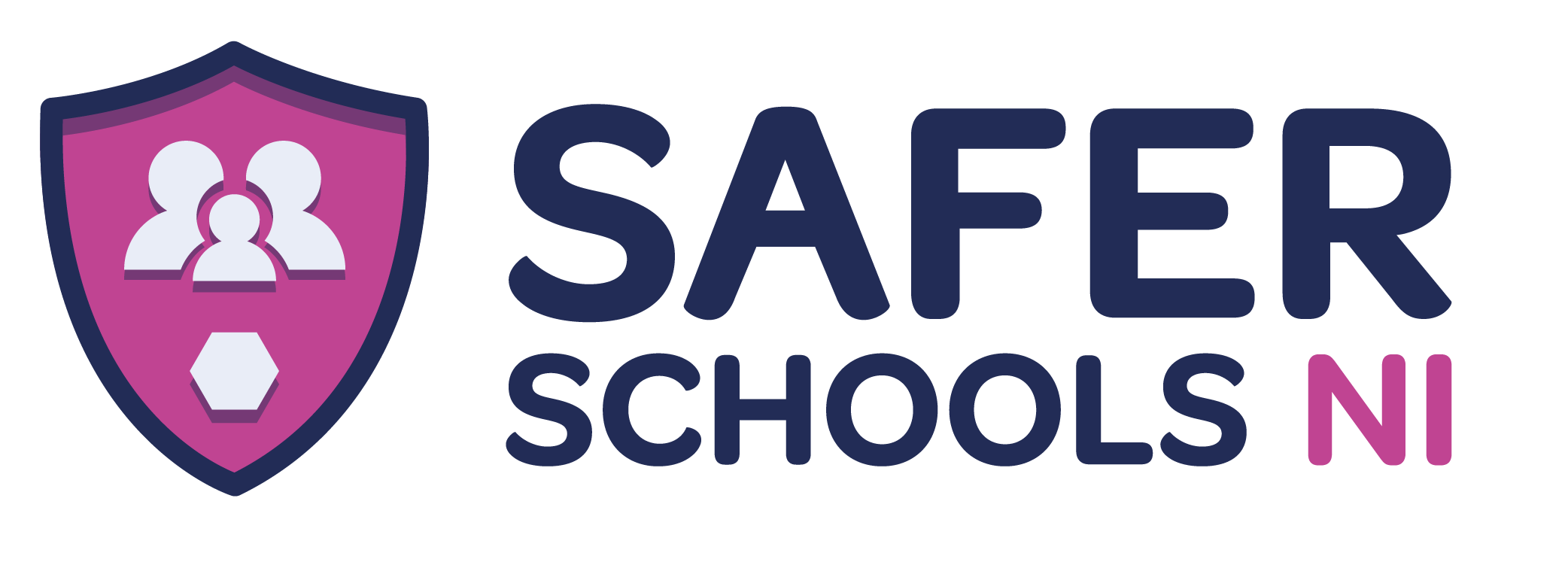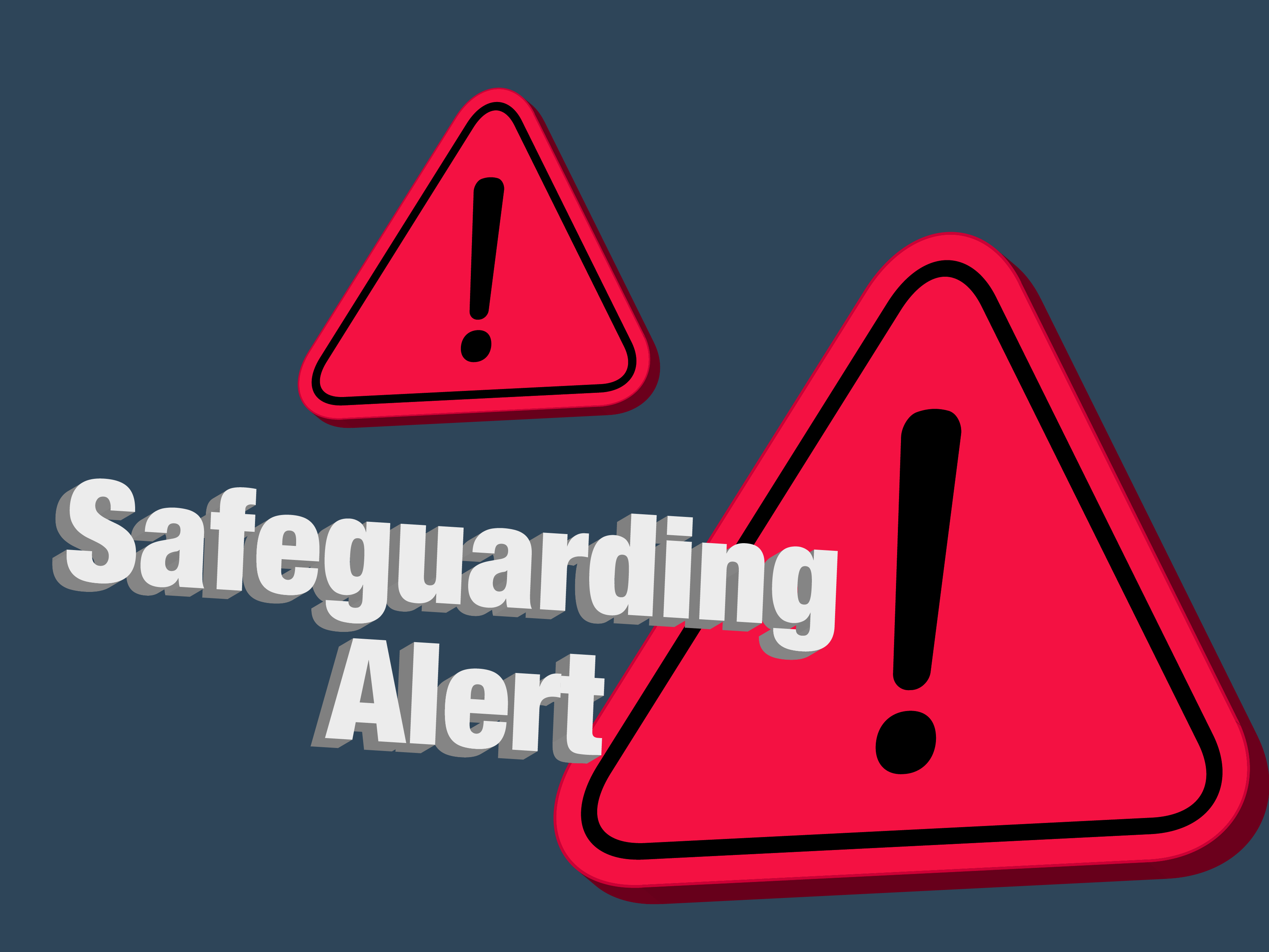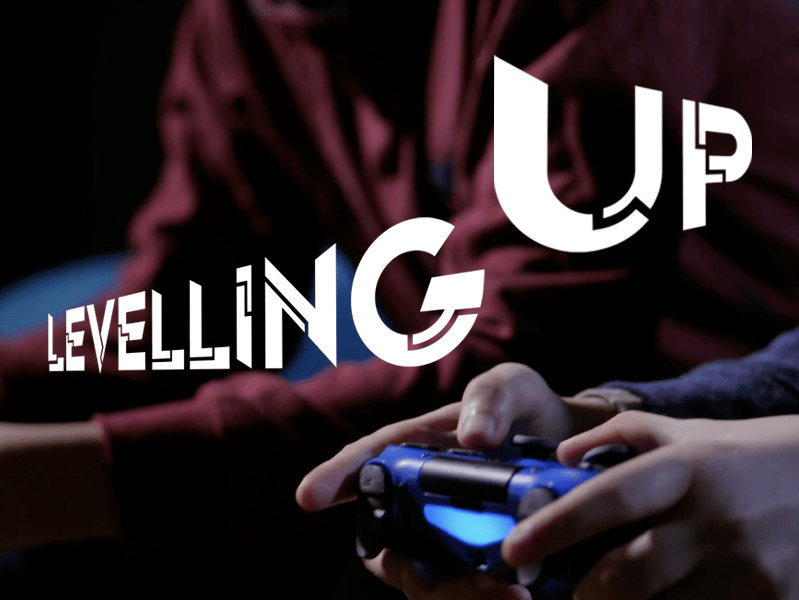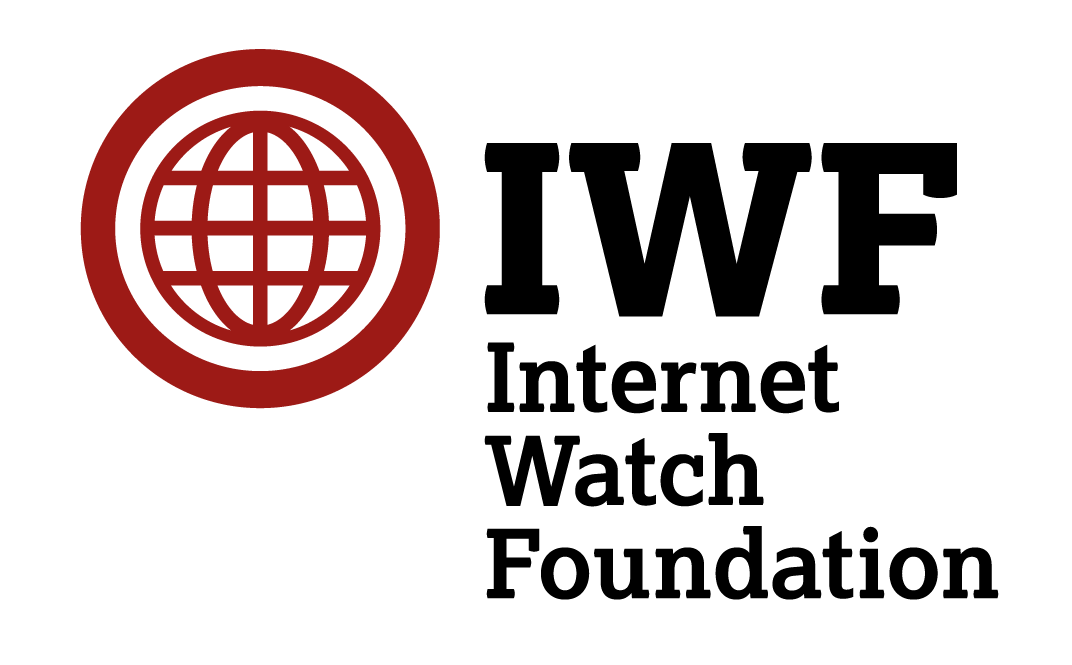Last Updated on 19th November 2021
What is it?
The Scottish Government recently released the new National Guidance for Child Protection in Scotland, the first update since the previous guidance in 2014.
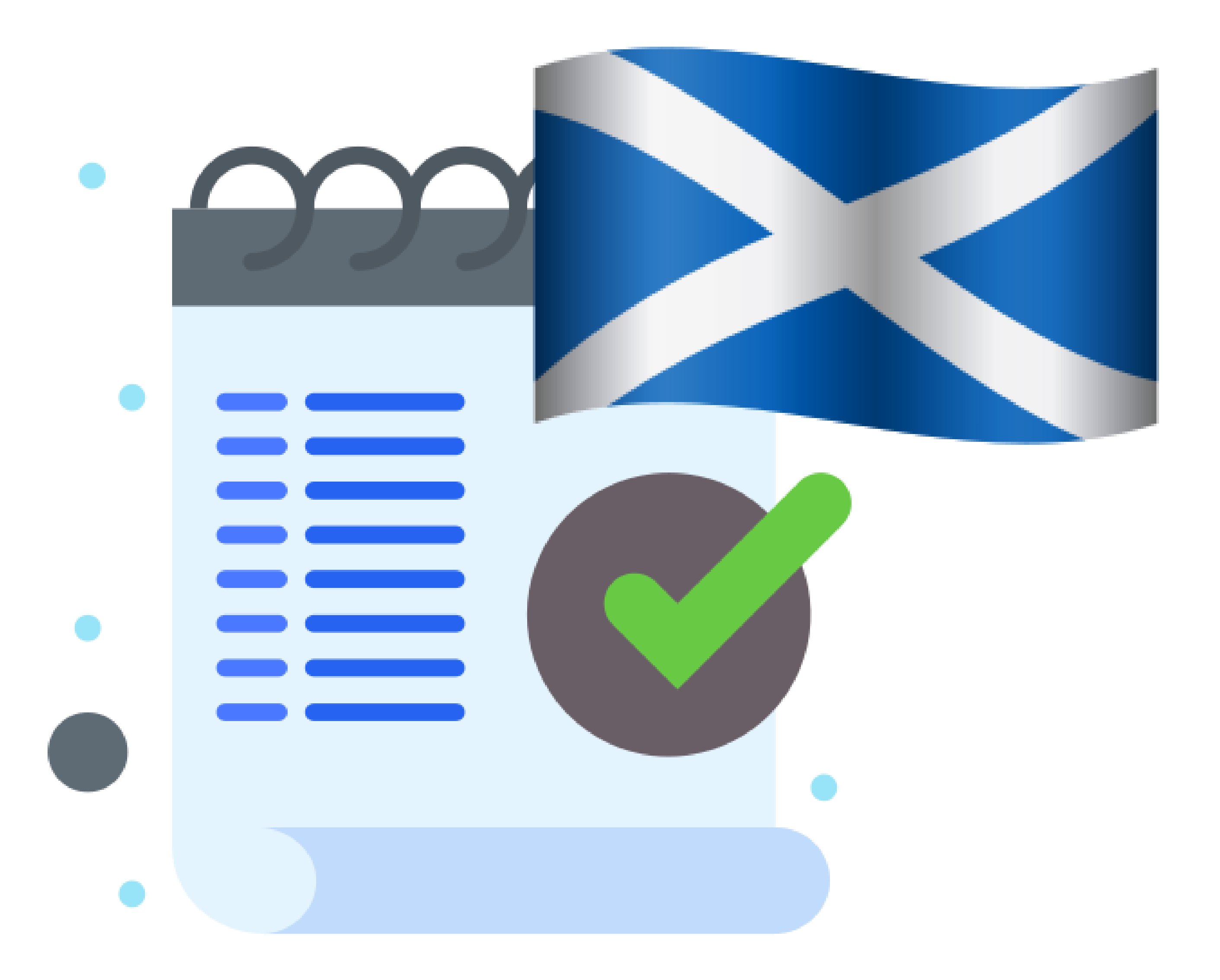
Compared to the 2014 version, the updated guidance has a strengthened focus on children’s rights, resilience building and collaboration with families and services.
Spanning over 250 pages, the guidance received updates to every section, containing advice and best practice on issues such as poverty, bullying and child sexual abuse. It also includes the addition of Part 2B: ‘Approach to multi-agency assessment in child protection’.
We reviewed some of sections that are relevant to online safety, you can access the full guidance below at the end.
Figure 1: Expectations from children who may be involved in child protection processes
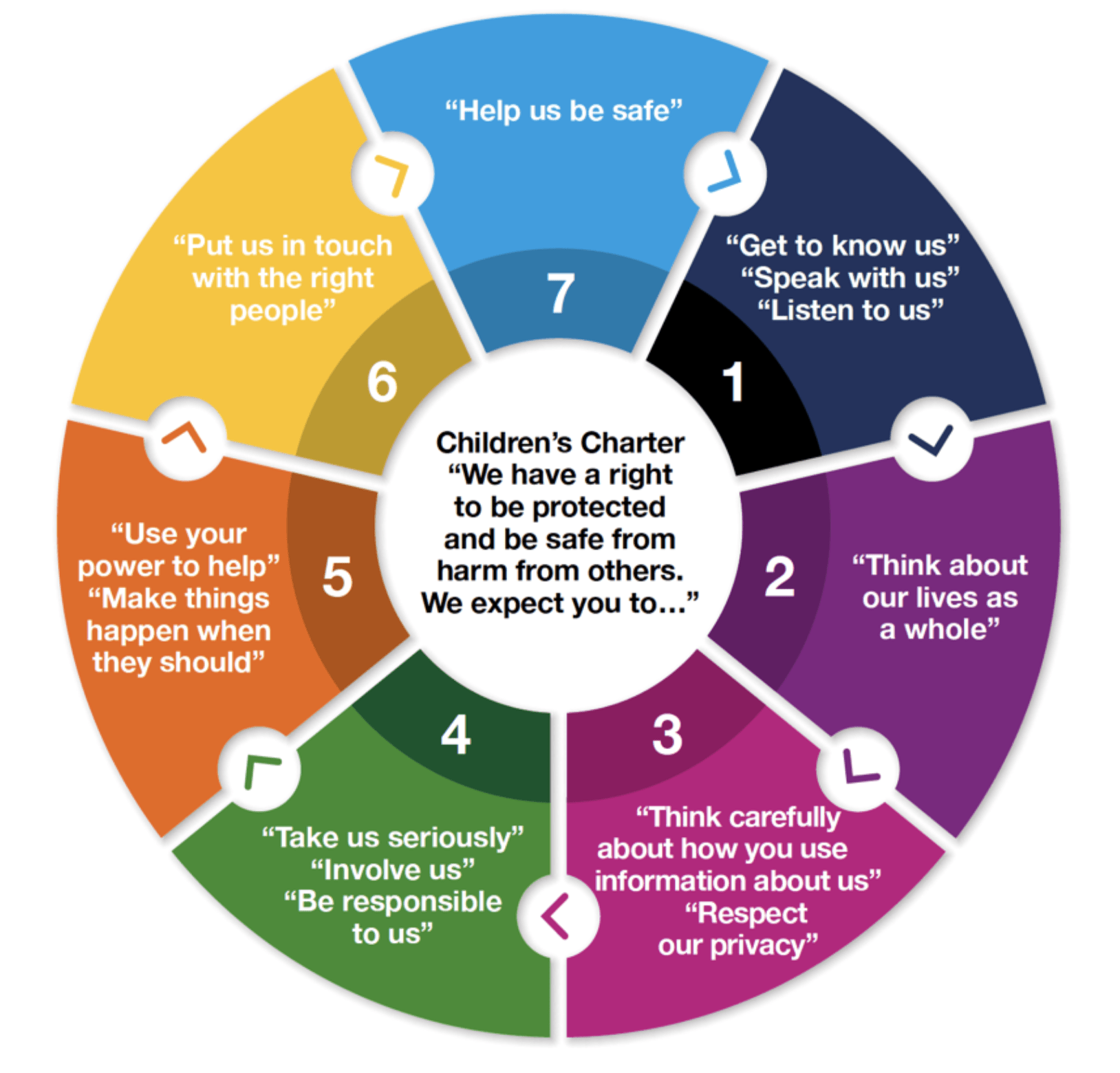
Responses to Image Sharing
The guidance sets out information on how staff can respond to ‘youth-produced sexual imagery’ or ‘image sharing’ incidents (4.243).
Additionally, the guidance states that reporting to Police Scotland or to social care for consideration will ‘normally be the recommended response’ to ensure the concern is placed in context and that proportionate, supportive steps are taken to support the child (4.244).
Children’s Rights Online
The guidance acknowledges that the online world has now changed in how it presents risks to children. It sets out the rights of children and young people to be protected from harmful material online:
“Article 17(e) of the UNCRC expects public authorities to develop appropriate guidelines to protect children from information and material injurious to his or her wellbeing” (section 4.234)
Education
The guidelines recommend that education around online sexual harm must be embedded in school curricula to support young people to develop digital resilience in the online world.
Before spending time online, children should have access to education that supports their understanding of online sexual harm (4.240).
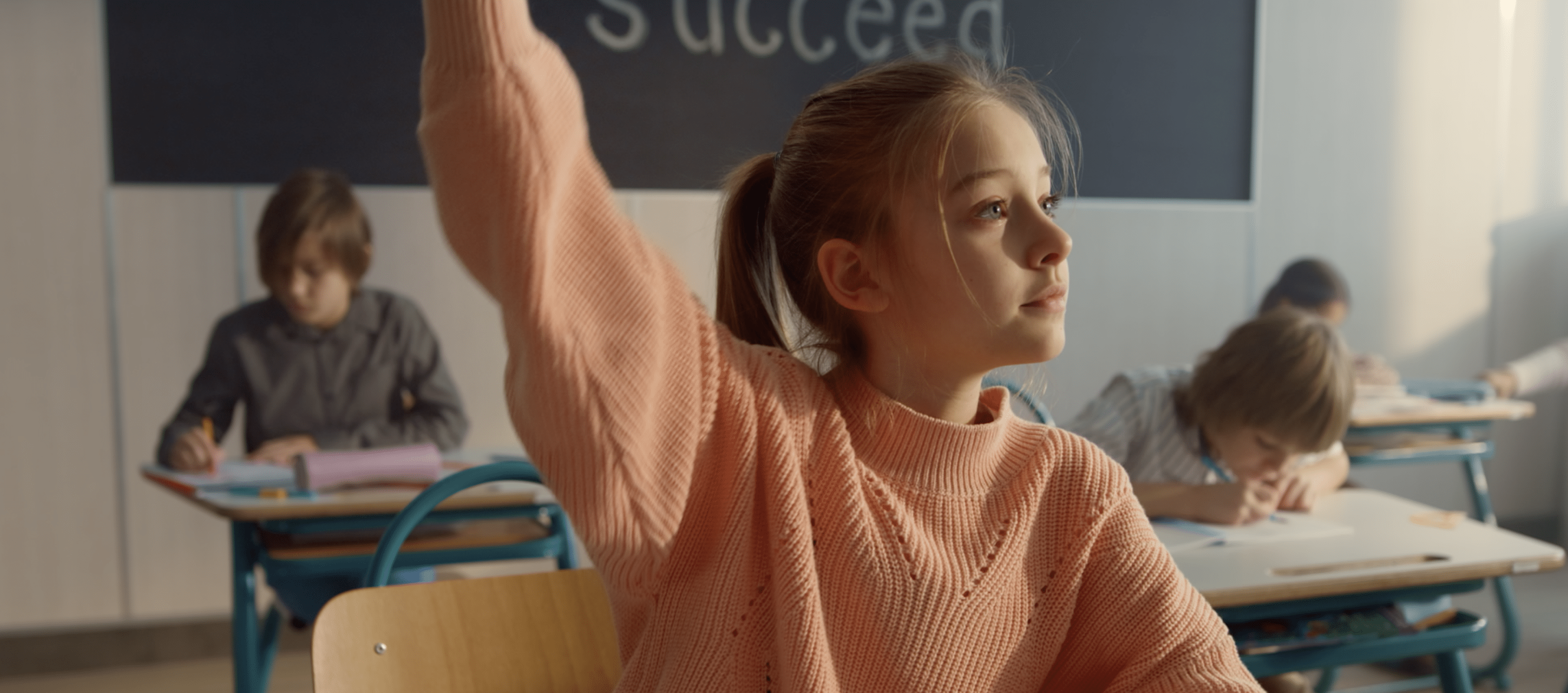
©Storyblocks
Training
Professionals involved in assessing and planning should develop a knowledge of online harms and how families are using technology. This includes how technology can be used to inflict harm, e.g., spyware which can be used abusively to coerce and control (4.242)
Join our Safeguarding Hub Newsletter Network
Members of our network receive weekly updates on the trends, risks and threats to children and young people online.
